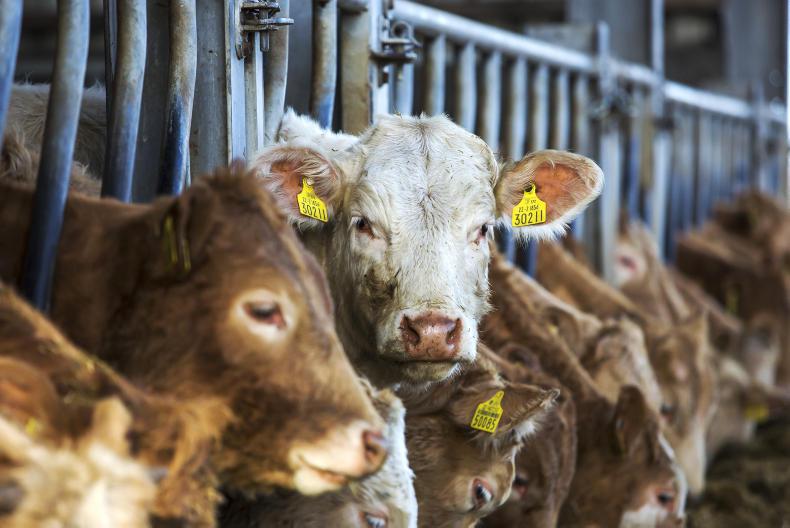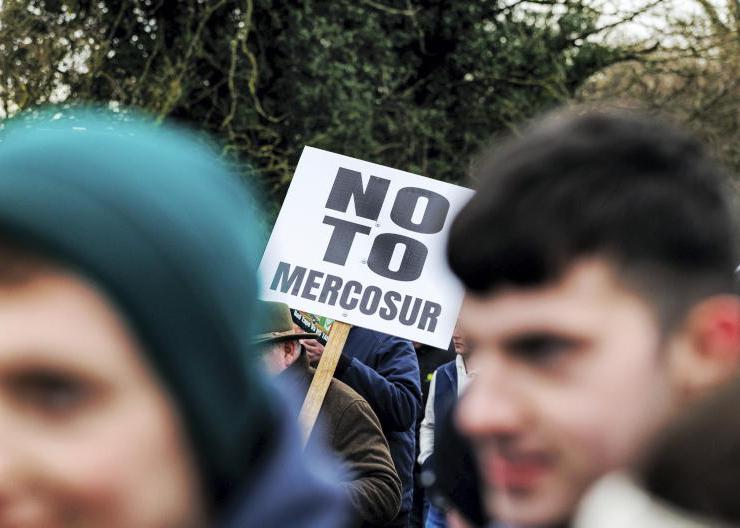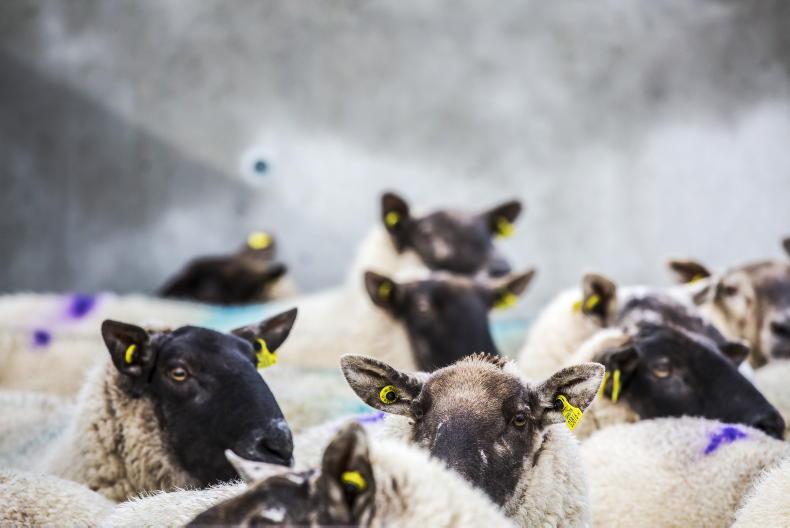"Sure look, I’ll do what I always did, sure what would I do with the silage?” This was the answer I got when I asked a winter finisher last week if he will buy cattle this autumn.
Winter finishing has always been a questionable system and in recent years the figures just haven’t been adding up. Poor spring beef prices after long expensive winters don’t make good combinations.
Cheap grass production
Our farming systems are built around cheap grass production. It costs twice as much to feed an animal indoors as it does outdoors, for similar gains.
The idea is that beef price rises during the spring where animals are finished out of sheds at higher costs, which is a valid argument and makes sense.
However, for the last few years this hasn’t happened and this has meant that winter finishers have consistently used their basic payment cheque to subsidise this loss-making exercise.
The flat line supply suits processors as they have markets to fill every week, having a large amount of beef to market at certain times of the year and no beef to market at other times is a headache and problematic for consistency of supply.
Case study
Below we take a look at a winter finisher finishing 200 animals, purchasing them in October or November 2018 and finishing out of the shed in April or May 2019.
Table 1 outlines the capital outlay required to fund this purchase, a substantial investment for any business. Stock purchase is the largest outlay at €242,000.
At 5kg/day for 180 days, 900kg/head of meal is fed and meal costs come in at €50,400. Silage value for 1,260 tonnes at €40/tonne comes in at the same cost of €50,400. Vet costs at €2,000, marketing and transport at €10,000 (includes commission, transport and factory costs).
Fixed costs come to €14,000 which includes €5,000 interest on half the money borrowed. That’s a total outlay of €368,800 to run this business on an annual basis which, let’s face it, for 2018/2019 is going to make a loss.
Performance
This farm is technically efficient, daily liveweight gains have been set at 1kg of liveweight/day.
Silage quality is good at 22% DM and 72 DMD. Ration costs are €280/tonne. There are those who will argue that store price is too high but ask the person who is selling this store - they need all of the €2.20/kg to make ends meet.
The silage costs are the complicating factor this year. A normal price for silage in budgets is €25/tonne.
This year it’s making €40/tonne and maybe more in some areas. This leaves a decision to be made. I have no doubt that many wouldn’t dream about selling silage as a once off but for some it may be an opportunity to capitalise on a market and sit back and reassess the business.
We have seen our dairy processors in the past few weeks come out with supports to their suppliers in the form of hardship payments, feed rebates, price stability, etc.
On the other side of the house, our beef processors have remained silent without a word or indeed any action.
The only thing our beef processors succeeded in doing was pull the price at the height of the drought in July when farmers where under real pressure.
Thankfully, this has subsided and as farmers have gotten back on track demand has increased, meaning some price stability has come back into the system.
Nobody can argue with a business trying to buy its raw materials as cheaply as possible but you have to question the long-term thinking of our processors, who depend on beef farmers remaining in business to make their profits.
Is this the year to seriously look at contracts for winter finishing? Processors have meddled around the edges on this one for years now, offering contracts to large finishers or friends of the business but have been very coy and secretive about any deals done.
The winter finisher takes 100% of the risk in this game and with a hard Brexit looming, it is unacceptable for multimillion euro businesses to hang winter finishers out on this one.
Store cattle purchased this autumn and finished next April face huge uncertainties around export destination and could attract huge tariffs.
There is a real opportunity for our beef processors to step up and show a level of concern towards the sustainability of our beef farms.
At the moment, it’s all about the bottom line. As our Irish beef factories complete acquisition after acquisition and profits soar, our Irish beef farmers look at decreasing numbers as a real option.
As one farmer said to me recently: “Beef factories and supermarkets place sustainability at the top of the many agendas they have but what about the financial sustainability of farmers? That’s never talked about”.
Do your sums. Talk to your processor. Make a decision. Don’t do what you’ve always done. You’re the only one who cares about your bottom line. Don’t be under any illusion that anybody else does.










SHARING OPTIONS